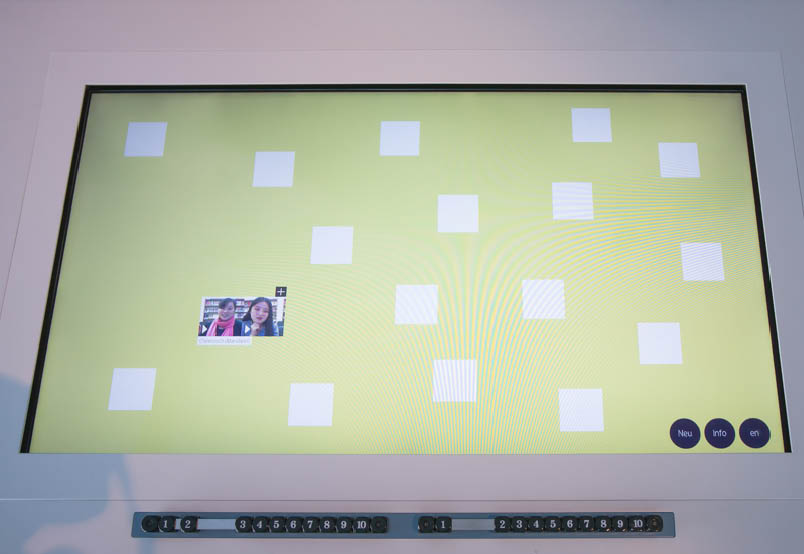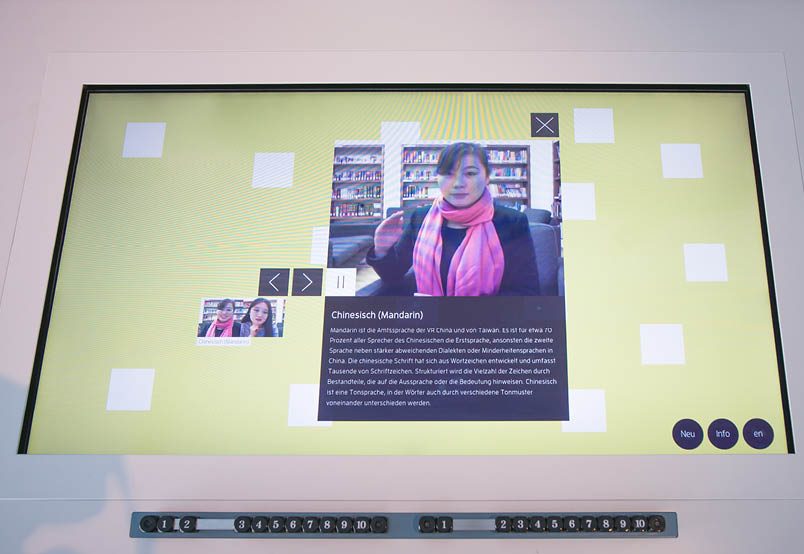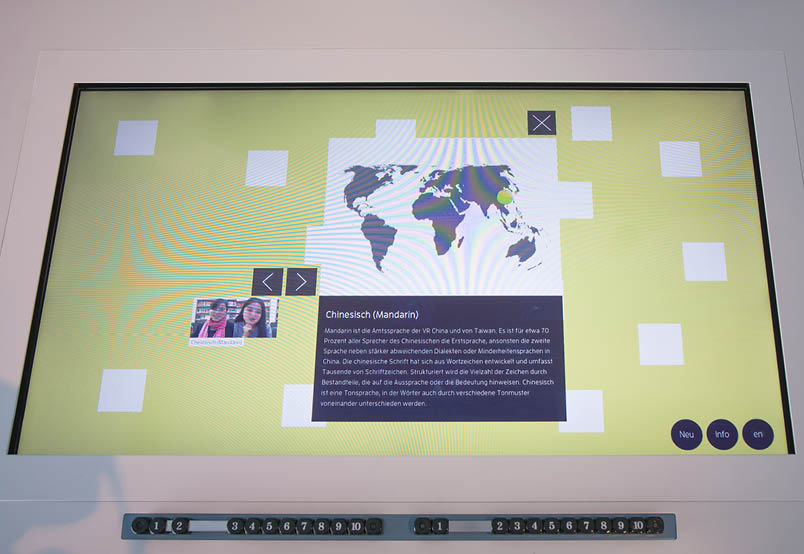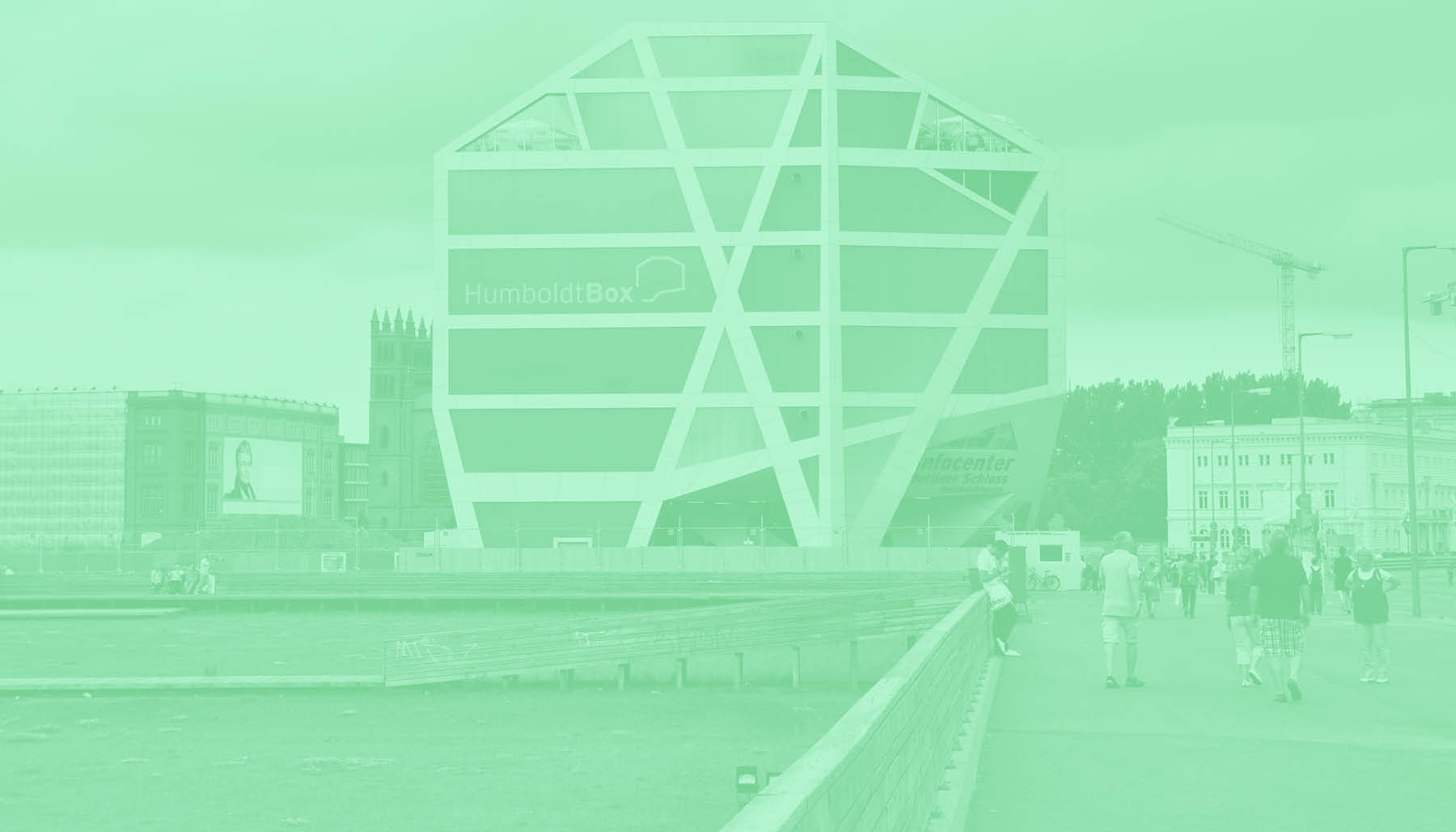
Speech Sound Memory
The sound of languages
Language almost always serves the purpose of understanding, it has a communicative purpose. Mostly we speak in our own language, sometimes in a foreign language – and in order to understand each other, we have to find a common language. For the ‘World of Languages’ exhibition in the Humboldt Box, we have created an interactive exhibit and app called Speech Sound Memory (Sprachklang-Memory), which is not about communication: Here we concentrate entirely on the sound of different languages.
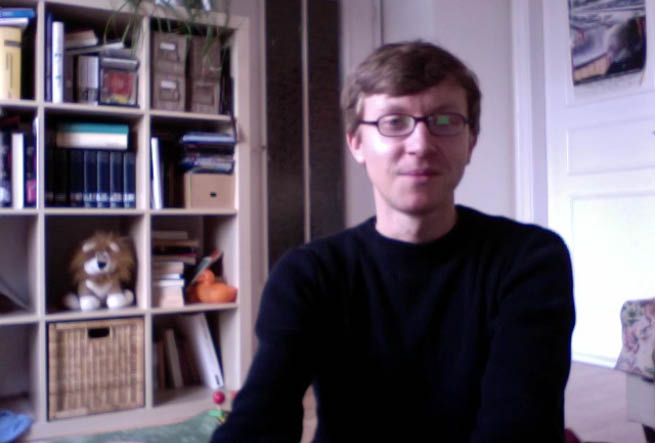
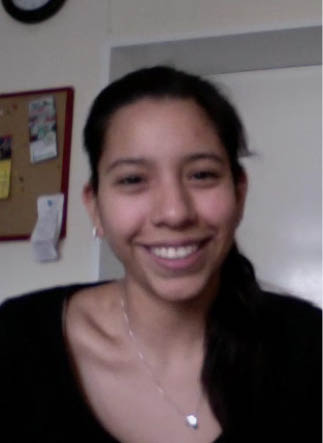
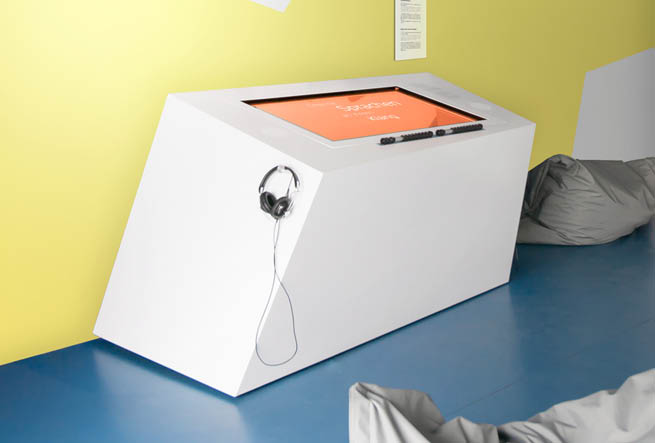
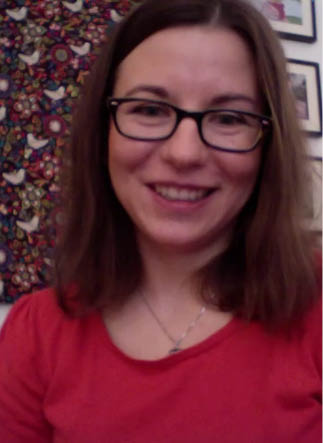
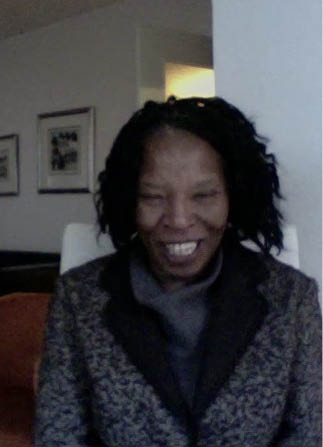
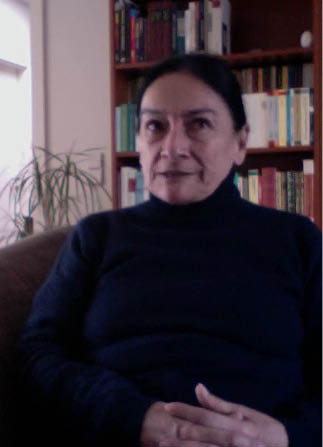
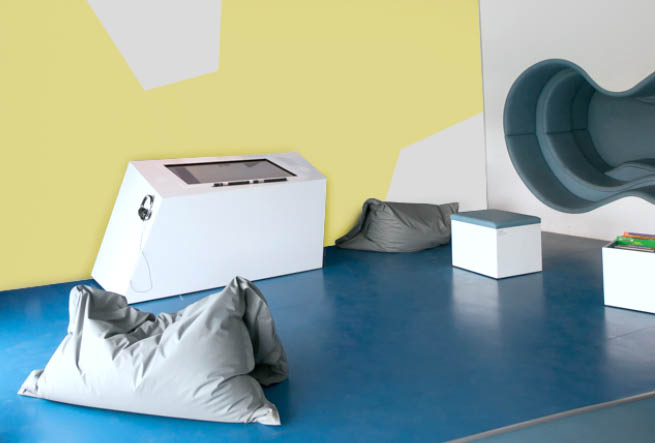
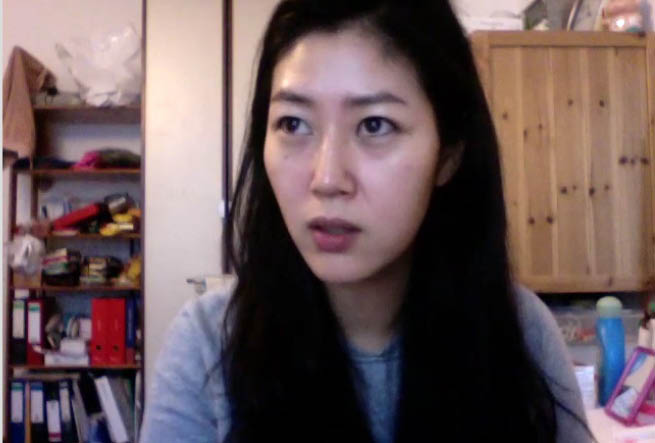
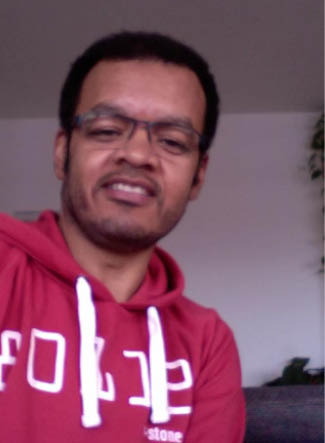
The exhibit - an audible memory
Brazilian Portuguese, Peruvian Spanish, Urdu, Russian or Kriol? Sometimes we listen curiously when a foreign language is spoken and ask ourselves which one it is. This curiosity can be lived out playfully with the language sound memory. Nine pairs of cards can be found on the touch screen according to the memory principle. If you touch a card, a sentence is played in one language. All that remains to be done is to uncover the matching card on which another person speaks the same language. Once the couple has been found, the people, who all live in Berlin by the way, talk about their language and cultural background in short Skype interviews. Further facts and figures, such as how often or in which countries the language is spoken, are provided by an information field.
The app - mobile, interactive and participative
There are certain limits to the duration of the exhibition, which is why we have limited the exhibit to nine pairs of cards. The mobile app, which is available for iPhones in the Appstore, offers even more possibilities to expand your own (linguistic) horizon in a playful way. Players can choose between three levels of difficulty and above all take part themselves and record their own maps as user-generated content. Once two speakers of the same language have recorded their sentences, they can become language partners. After a short editorial check, their sentences appear in the app or on the exhibit. And here it becomes communicative again: All speakers can network with each other and communicate with each other.
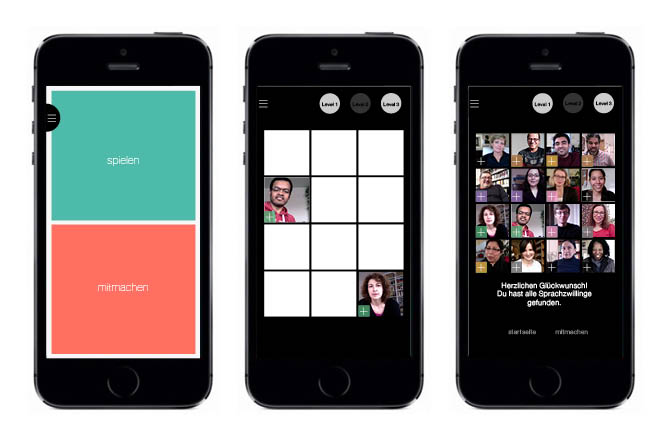
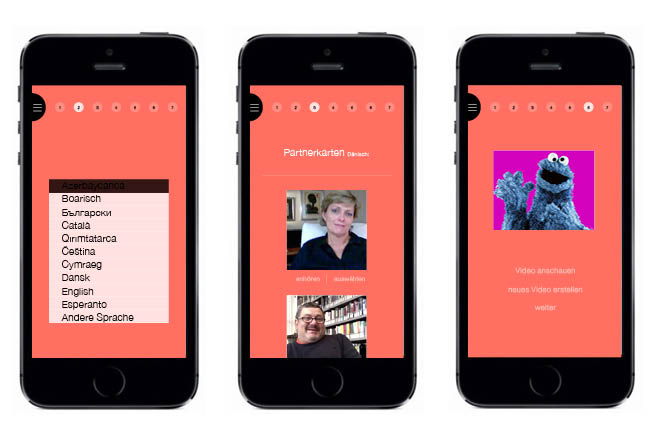
Services
Conception and scenography
- Content development and exhibition concept
- Media conception and storyboarding
- Development of interactive exhibits
Design and planning
- Planning exhibition furniture
Project management and implementation
- Screen design & video production for exhibit & app
- Tendering & awarding for furniture
- Construction & programming
- Production control & cost management
- Content management
Project information
- Client: Zentral- und Landesbibliothek Berlin (ZLB)
- Execution period: 07/2014 – 02/2015
Contact person
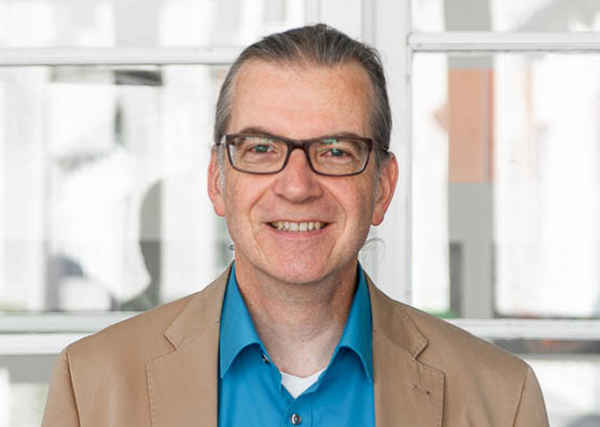
Bernhard Kehrer
Executive Management
